In June, Ukrainian air defense systems detected and shot down a Russian suicide drone, but this time the wreckage was no longer the familiar Shahed-136. It was a new variant, equipped with an upgraded navigation system, an AI module, and even connected to Ukraine’s mobile network to transmit real-time data.
According to Ukrainian intelligence released on June 27, this is clear evidence that Russia has moved far beyond the shadow of weapons imported from Iran, and is entering the stage of industrialization of domestically developed combat UAVs.
The new variant, named "MS" (Modular Shahed), shows Moscow's strong transformation by completely modifying the electronic design of the Shahed-136, similar to the way China's DJI or Türkiye's Bayraktar TB2 are applied in the defense market. From the external appearance to the internal structure, the Shahed-136 MS is a remarkable step forward.
In the field, the Shahed-136 has long been a nightmare for Ukraine’s air defenses. Called Geran-2 by Russia, this UAV was originally designed by Iran, flies with a propeller engine, carries a warhead and flies straight to the target. Its formidable advantage lies not in its accuracy or speed, but in its extremely low production cost: about $20,000 per unit in 2023, while Ukraine has to use anti-aircraft missiles worth hundreds of thousands of dollars to intercept.
However, the new version is no longer the same. The Shahed-136 MS series is integrated with infrared sensors, artificial intelligence algorithms and modern anti-jamming positioning systems, turning what was once considered a “flying artillery shell” into a smart UAV, capable of adapting and penetrating much more sophisticated air defenses.
Russia is not only upgrading the design but also accelerating the industrialization of production. Since mid-2023, Moscow has set up a UAV assembly line in the Alabuga special economic zone in Tatarstan province - more than 1,200 km from the Ukrainian front line. According to sources, more than 26,000 Shaheds have been produced here alone, at a rate of about 170 units per day by May 2025 and could reach 190 units per day by the end of the year.
Meanwhile, a second plant in Izhevsk, the Kupol Electromechanical Complex, has also begun assembling Shaheds. The units produced there have white serial numbers (as opposed to the yellow serial numbers of the Alabuga), suggesting a strategy of dispersing production to avoid the risk of sanctions or concentrated attacks. Satellite imagery also shows that the construction area at Alabuga has expanded by 1.39 km², demonstrating the level of industrialization Moscow has invested in its suicide UAV strategy.
A notable detail is that the new UAVs no longer use SIM cards from Ukrainian carriers such as Kyivstar or Kazakhstan, but instead use SIM cards without identification marks, produced by Russia itself. This not only helps reduce foreign dependence, but also allows Russian UAVs to connect to the Ukrainian mobile network as soon as they cross the border, a huge advantage in navigation and real-time signal transmission.
So far, the Shahed-136 MS variant that crashed in Sumy Province (Ukraine) is believed to have a 4-head CRPA antenna - a beam control technology that allows for more precise positioning and is more effective against jamming than Iran's older 8-channel Nasir navigation system. CRPA uses GPS signals at L1 and L5 frequencies, helping the UAV avoid being disabled by enemy electronic jamming equipment.
Furthermore, the integrated AI control software allows Shahed to automatically recognize the type of target, adjust the attack route, and even distinguish between military and civilian infrastructure through thermal imaging. Combined with mobile network information and data collected from the battlefield, this UAV can become a semi-automatic weapon, not only for suicide but also for reconnaissance or guiding a second attack.
Developing UAVs in the direction of “open platforms” also helps Russia customize Shahed for each mission: from attacking power infrastructure, ammunition depots to radar equipment. According to Western defense experts, Russia is redefining the concept of “cheap weapons” by using UAVs that cost only tens of thousands of dollars to force the enemy to launch anti-aircraft missiles that are dozens of times more expensive.
With a production capacity of up to hundreds of units per day, the new Shahed UAV could also become a potential export item, causing many Western countries to worry about a “new global UAV order” that Moscow is shaping.
Shahed-136 MS is no longer a "flying artillery" as before, but is gradually becoming a new type of modular UAV platform, capable of integrating artificial intelligence, advanced sensors and high anti-jamming capabilities.
In a world where $20,000 weapons can penetrate multimillion-dollar air defense systems, battlefield advantage no longer belongs to the countries with the most money, but to those that know how to leverage technology, industry, and design intelligence.
Source: https://khoahocdoisong.vn/uav-gia-re-cua-nga-khien-phong-khong-ukraine-kho-so-post1552249.html


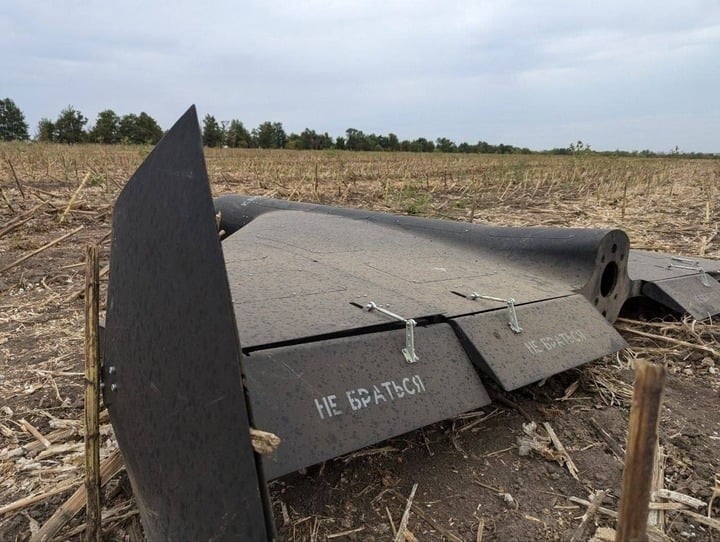
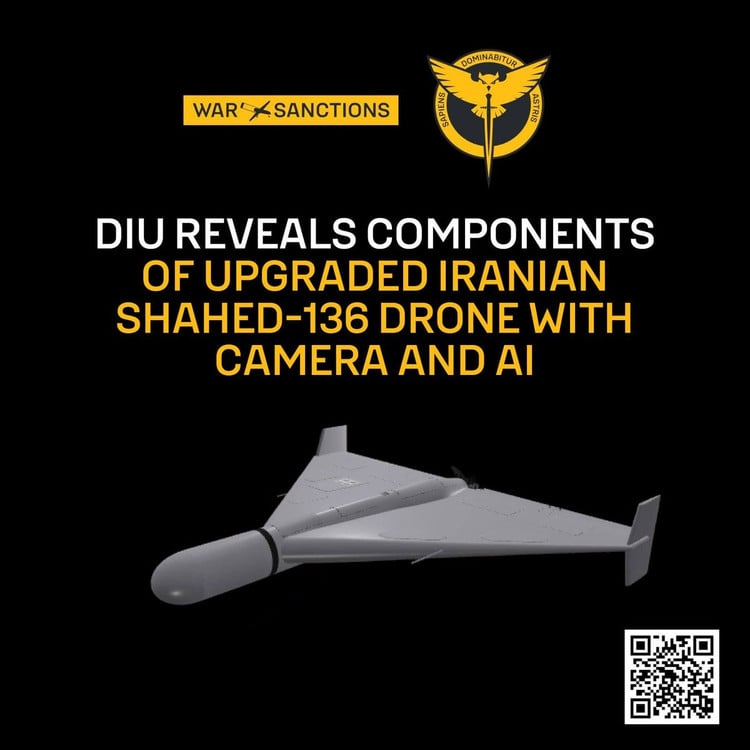
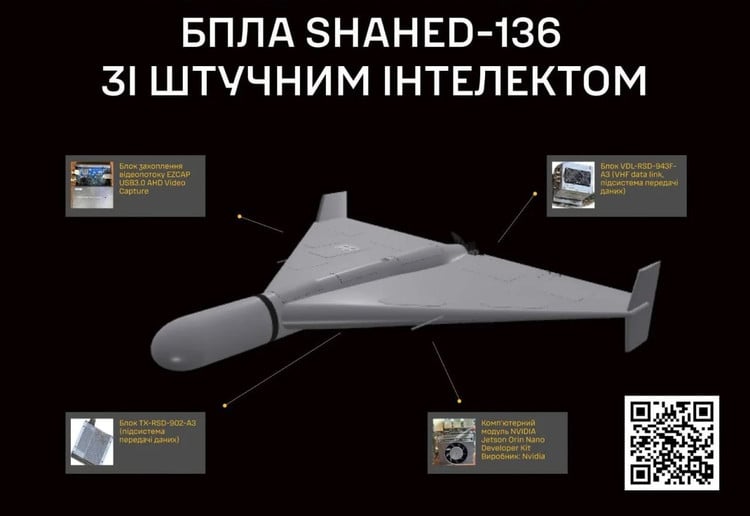
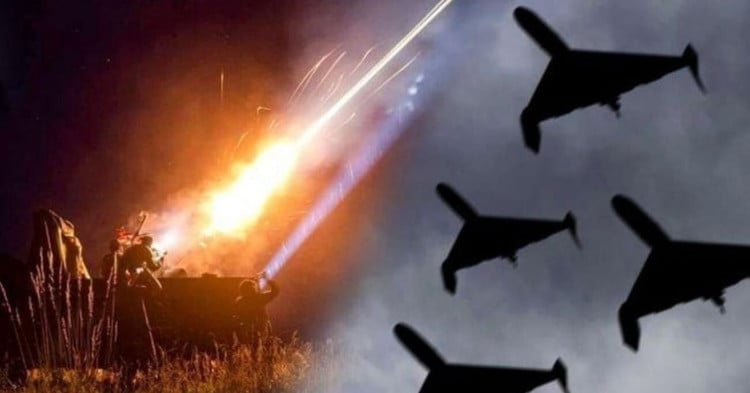
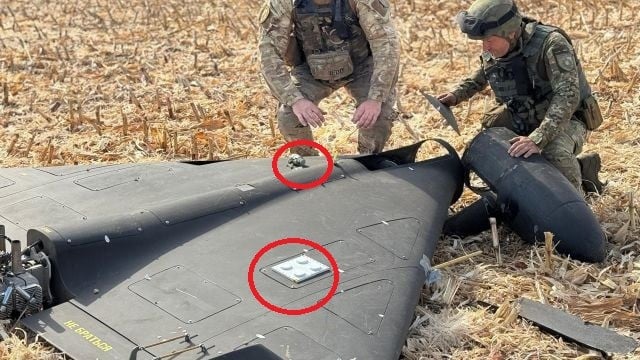
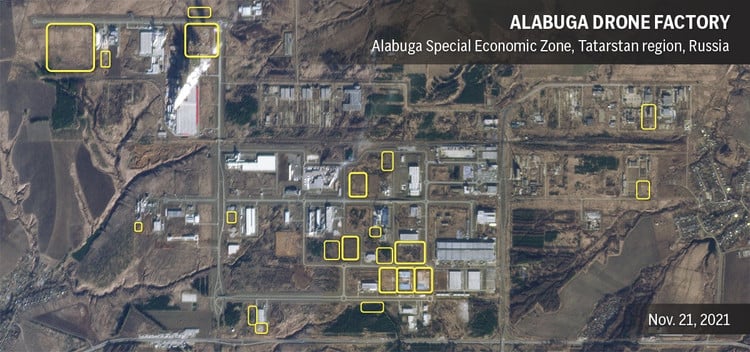
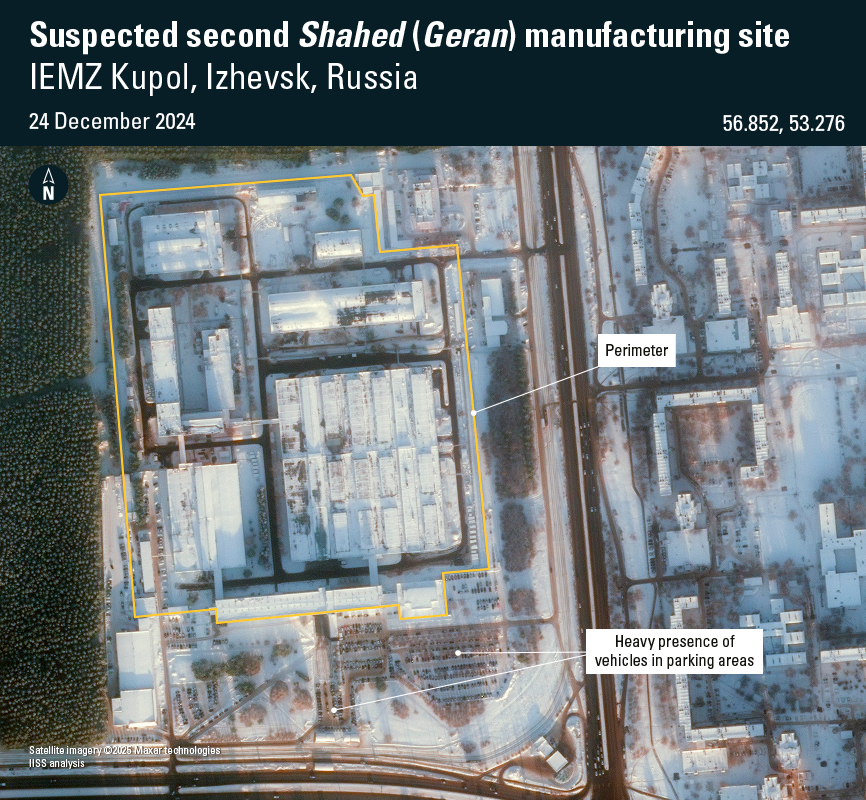
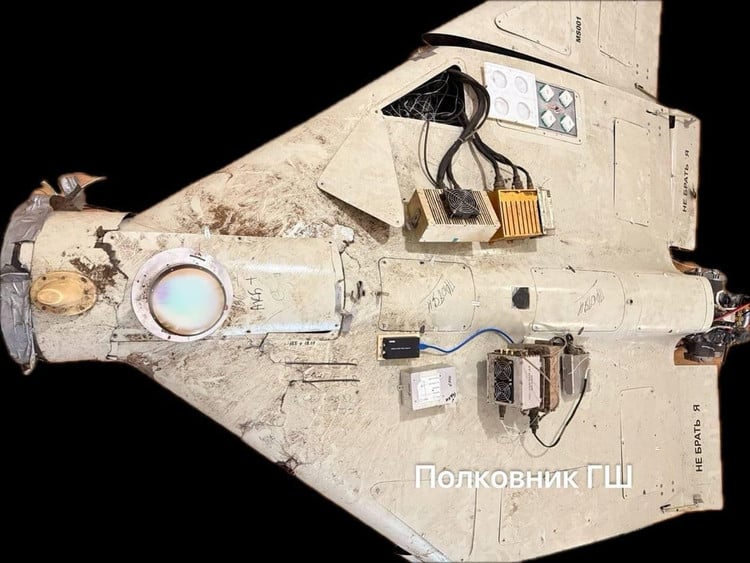
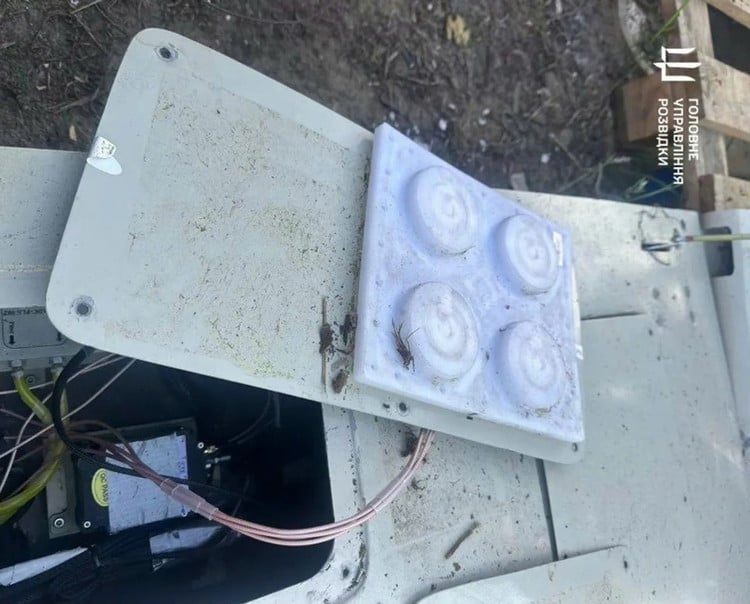
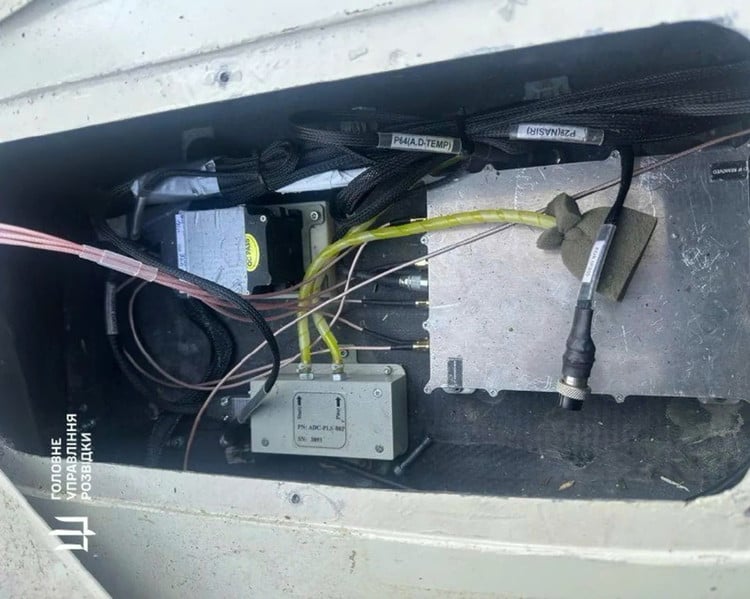
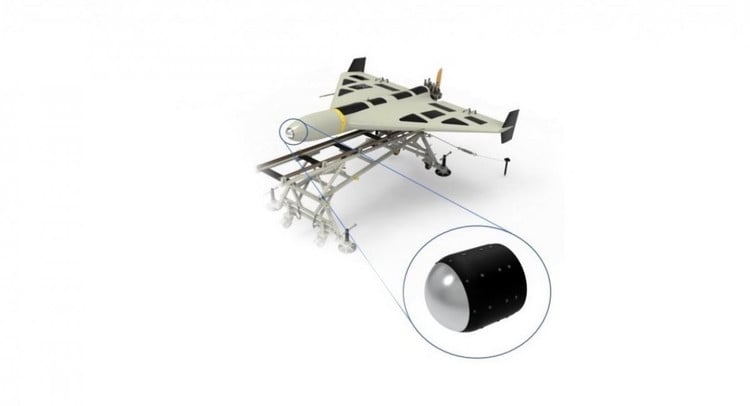
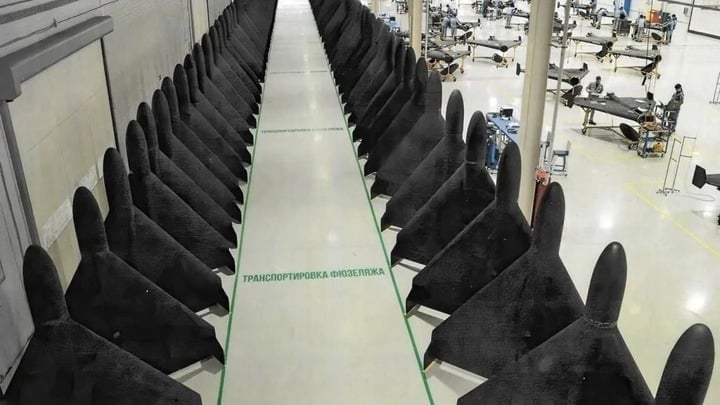
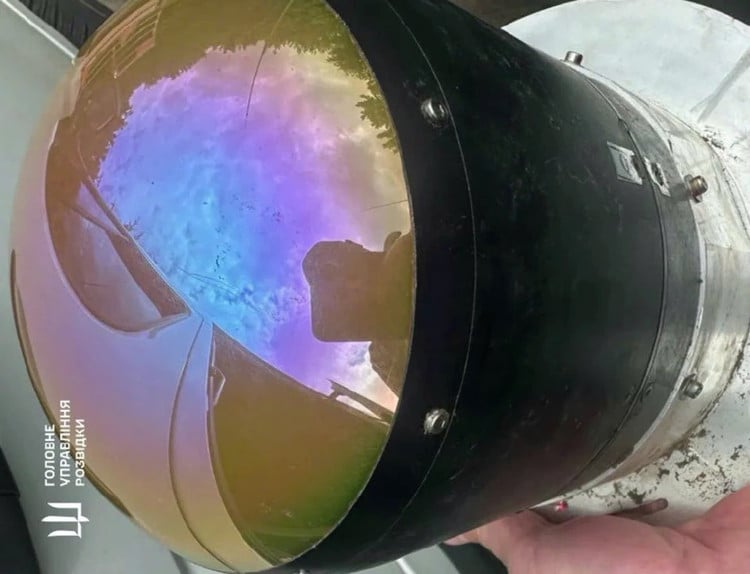
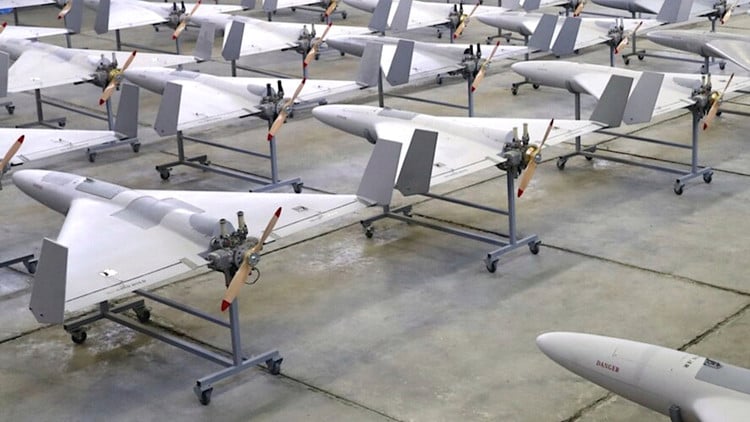






















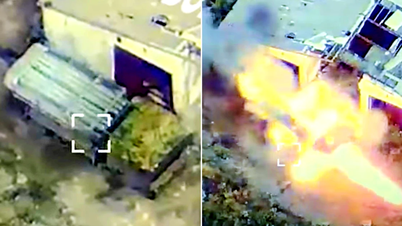
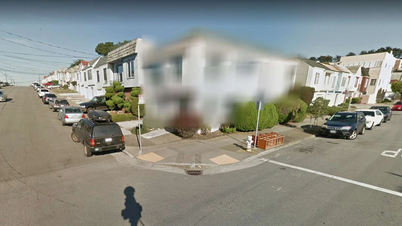


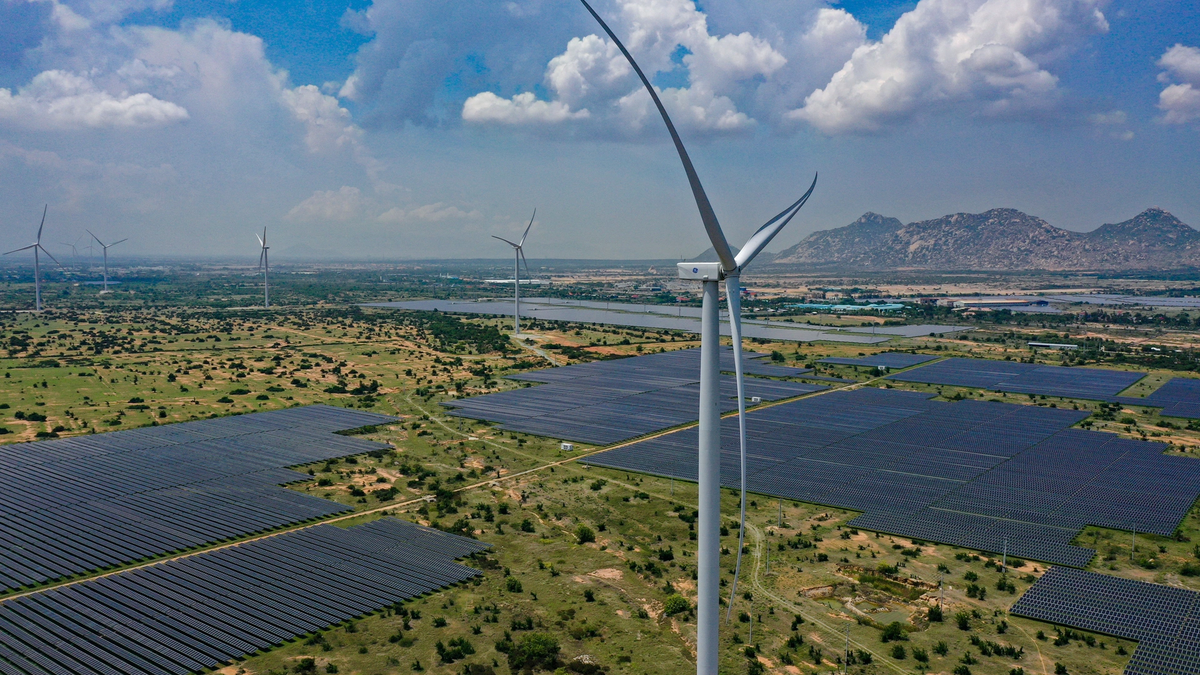















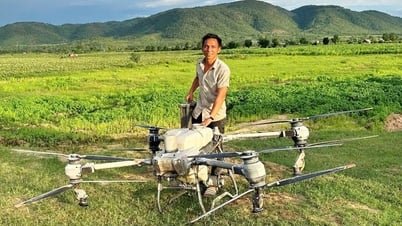

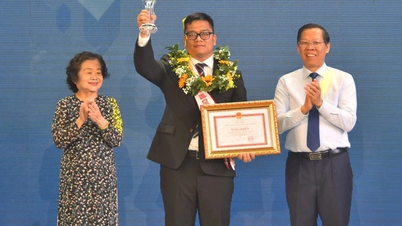



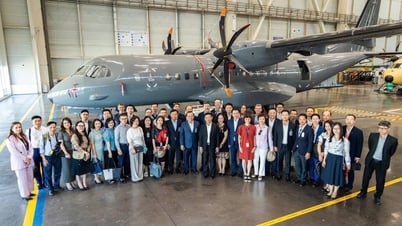








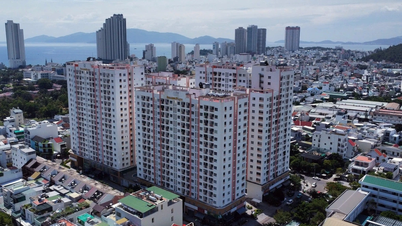





























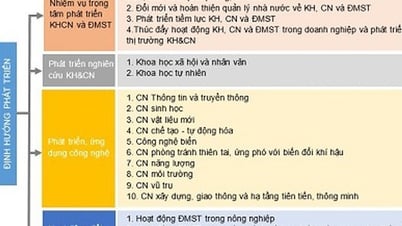









Comment (0)